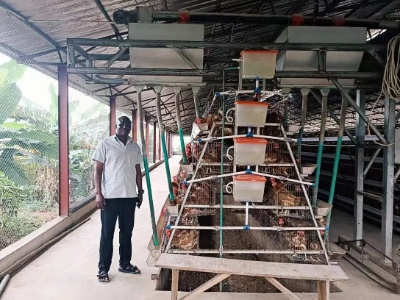
Which are more profitable, broilers or layers?
In the agricultural breeding industry, choosing to raise broilers or layers is an important decision faced by many farmers. This choice is not only related to the breeding model and market demand, but also directly affects the economic benefits of breeding. This article will compare and analyze the profitability of broilers and layers from the aspects of market demand, cost input, breeding cycle, etc.
Market demand and price fluctuations
The market demand for broilers and layers directly affects their prices and breeding returns. Generally speaking, the market demand for broilers is relatively stable, especially during holidays and special events, when the demand for broilers will increase significantly. In contrast, although the market demand for layers is stable, the price fluctuates greatly and is more sensitive to the influence of seasons and market supply and demand.
Cost analysis
The cost of raising broilers mainly includes feed costs, vaccine and drug costs, and investment in breeding facilities. Broilers have a short growth cycle and can generally be marketed in 5 to 7 weeks, so the investment can be recovered quickly. The initial investment in laying hens is relatively high. In addition to basic feed and medical expenses, it also requires a long period of breeding management. The egg-laying cycle of laying hens is usually about one year.
Breeding equipment
Laying hens are generally raised in A-type laying hen cages or H-type laying hen cages, which are more expensive than broilers.
Broilers are generally raised in flat-raising equipment or H-type broiler cages, and flat-raising equipment has a lower investment cost.

Farming cycle and benefits
Broilers have a short breeding cycle and a faster return on investment, which is suitable for farmers who seek quick returns in the short term. Although laying hens have a long breeding cycle, they can continue to generate income once they start laying eggs, which is suitable for farmers with long-term breeding plans.
Conclusion
In general, farmers need to decide whether to raise broilers or laying hens based on their own breeding conditions, market demand, and capital turnover capabilities. If the market demand for broilers is stable and farmers want to recover their investment quickly, raising broilers may be a better choice. On the contrary, if farmers can afford a longer investment recovery cycle and the market demand for eggs is stable, raising laying hens may be more profitable.
Through such analysis, farmers can make more wise choices to maximize their economic benefits.

